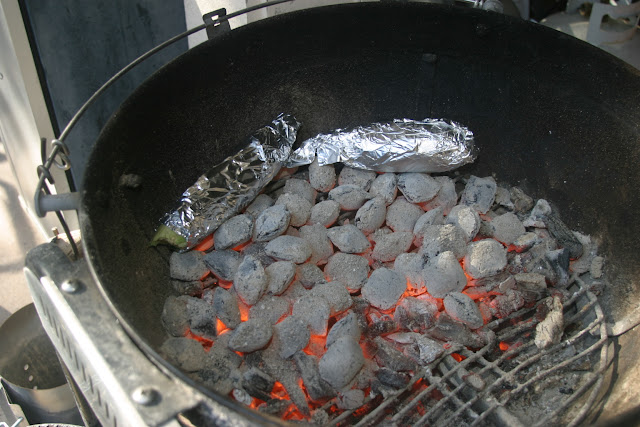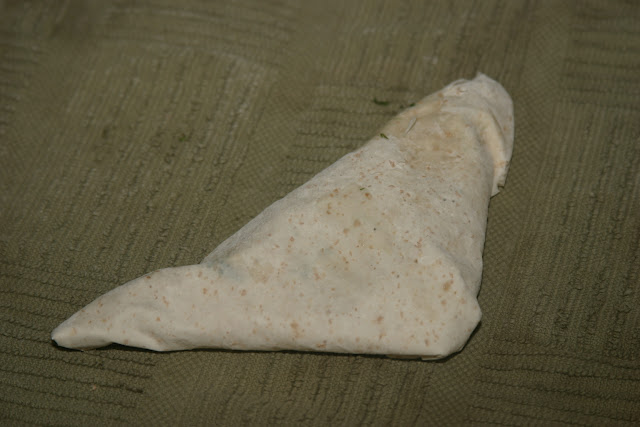
I came across this recipe in an old cookbook, and was enchanted by the name. I love all things Autumn, from the blazing, colorful foliage to the early chill in the air; from the scent of chimneys firing up for the first time to the bountiful harvest of fruits and vegetables that are available fresh from the farmer’s market.
This soup makes good use of those fruits and veggies. We tried it a several years back, and have now made it just about every year to celebrate the season.
Spiced Autumn Soup
4 Tablespoons Butter
2 Large Onions, Coarsely Chopped
2 Potatoes, Coarsely Chopped
2 Carrots, Coarsely Chopped
3 Cloves Garlic, Crushed
Zest and Juice of 1 Orange
2 teaspoons mild Curry Powder
7 ½ Cups (1.8 liters) Chicken Stock
26 oz. Canned Chopped Tomatoes
2 Apples, Peeled and Chopped
1 Tablespoon dried Basil
Salt and Black Pepper
Melt the butter in a large saucepan, and add the onions, and cook for a few minutes, until they begin to turn clear. Add the potatoes, carrots, garlic and zest, and cook gently, stirring occasionally, for about 5-10 minutes.
Zesting an Orange: If you're like me, and have been to too many Pampered Chef parties, you probably have this citrus zester:
It makes short work of zesting an orange peel:
If you don't have this fancy little gadget, you can just use a peeler and then dice the zest with a kitchen knife. If you have a particularly large orange on your hands, you might only use half the zest...it is pretty pungent.
Next, add the curry powder and cook, stirring, for 1-2 minutes more. Then add the stock, orange juice, tomatoes, apples, basil, and salt and pepper to taste. Bring to a boil, cover, and simmer for 30 minutes or until the vegetables are tender.
Puree the soup in a food processor or blender until smooth.
Return to the pan, reheat, and taste for seasoning.
Serve at once, preferably with some crusty, fresh baked bread or herb croutes.
(coming soon in a future blog post: Rustic French bread!)
Hope you like the soup. Until next time, Happy Autumning!
Chris

























































